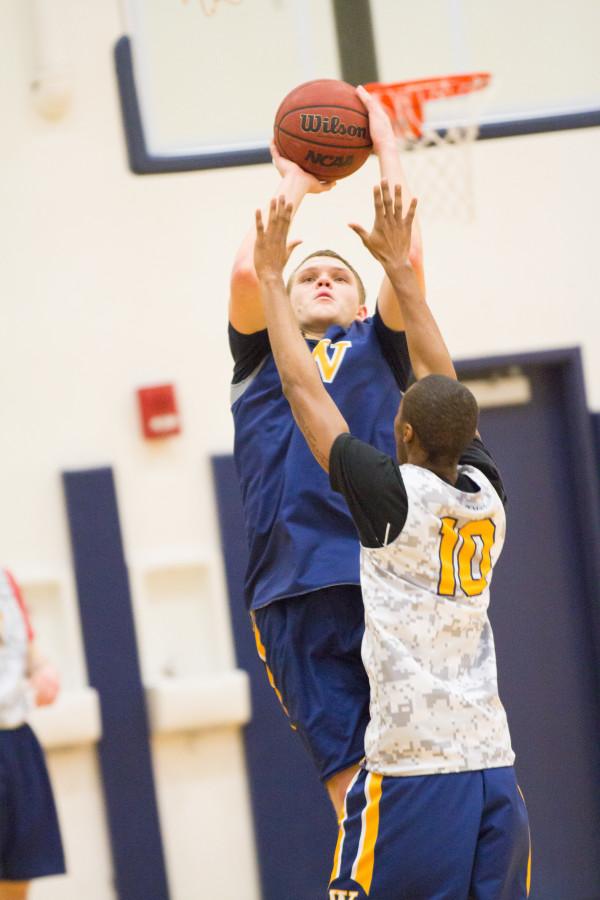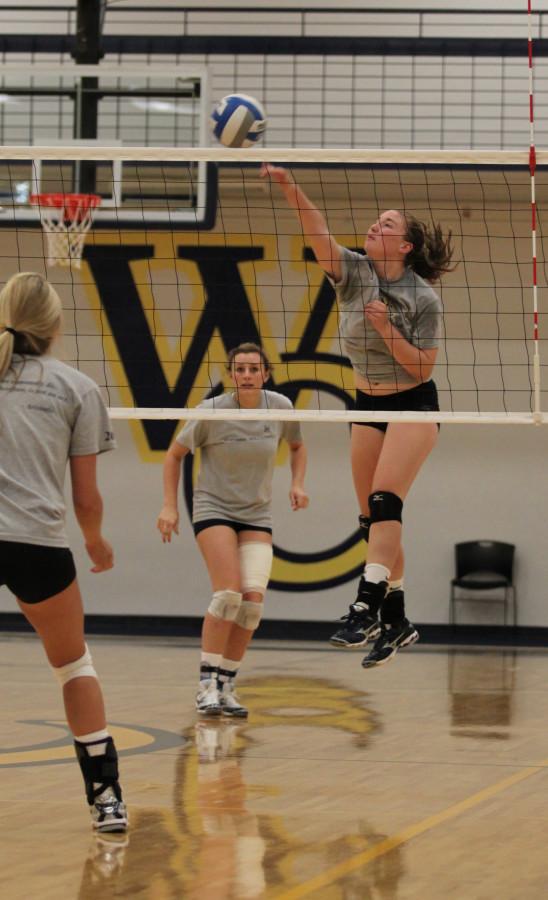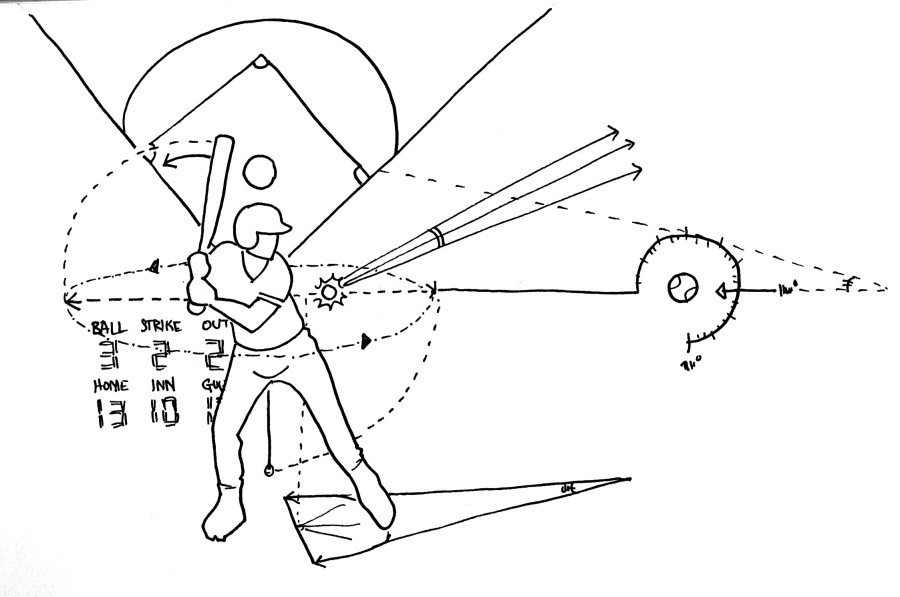
In most sports, college and otherwise, the rules are pretty straightforward. Out of bounds in soccer leads to a throw in; facemask in football leads to a penalty.
To rugby fans or occasional rugby goers, however, the rules seem invisible or infrequent. And what are the rules? What is a scrum or a ruck? Why do players get tossed in the air at odd intervals?
While rugby appears to be a completely chaotic game, that is not the case, according to sophomore and women’s rugby captain Emily Lorente.
“There are actually a lot of rules to rugby,” said Lorente. “There are a lot of things you can and cannot do. For example, you cannot throw the ball forward, and you can’t kick a ball with a part of the body above the knee. And if you are tackled, you must release the ball or a penalty is called.”
Rugby, according to Lorente, is a unique sport but takes on elements of other popular contact sports.
“Some people say that if soccer and football were to have a baby, it would be rugby,” said Lorente. “It is a lot like soccer, in that play doesn’t stop, but there is full on contact.”
Unlike soccer, however, there are multiple versions of rugby. The version Whitman College plays is rugby union. Rugby union consists of fifteen players on each team.
Each team can primarily be split into two sections, forwards and backs.
“Forwards are actually comparable to the defensive players in soccer or football,” said Lorente. “They form the scrums and rucks.”
A scrum occurs during penalties as a safe way to restart the game.
During a scrum, forwards link arms and form a linked ring with the other team. The ball is put in play by the scrum-half of the team awarded the penalty.
Each team in the scrum has a player called a hooker within the ring who attempts to hook the ball with his or her foot in order to pass it to the waiting “backs” outside of the scrum ring. Once the ball is passed back, play begins again.
During a tackle, the player must release the ball.
“That is one really important rule,” said Lorente. “Rugby looks like chaos, but there are some rules. If you didn’t have to release the ball, it would just turn in to a wrestling match.”
After the tackled player places the ball, a ruck is formed. During a ruck, players attempt to block the team from getting the ball by stepping between the ball and the opposing team. Once there is contact between the two teams, a ruck is formed.
In a ruck, players can only use their feet to hook the ball towards their teammates. If a person within the ruck grabs it with his or her hands, a penalty is awarded to the other team.
However, one special player is allowed to touch the ball: the scrum-half. The scrum-half must approach from behind the ruck in order to grab the ball, but once the ball is grabbed the game is once again in play.
There are special rules about going out of bounds.
“It’s a bit like soccer, because you get to do a kind of throw in,” said Lorente. “When the ball goes out of bounds, a line-out occurs. But we make it a bit more challenging than the typical soccer throw in.”
The out of bounds area is called the touch.
When a lineout occurs, the hooker of the team that did not play into the touch gets the ball. The forwards from each team line up perpendicular about 15 feet from the touchline. The hooker throws the ball in a straight, neutral area between the two groups of forwards.
Rugby gets a little bit “different”, as Lorente described it when players are thrown into the air.
Often each group of forwards will throw one or more other forwards up in the air by their shorts in an attempt to reach up and grab the ball. However, there are also forwards on the ground in case the hooker tries to trick the other team and throw it lower.
Points are also scored similar to football. A try (comparable to a touchdown) happens when a player enters a try zone –– an end zone on each end of the field –– and puts the ball on the ground with pressure. Players cannot spike the ball, as it is considered a forward toss and a penalty is awarded to the opposite team. However, if a player is tackled he may put pressure on the ball with his stomach or chest and still score. A try is worth five points.
After a try is scored, the offensive players attempt to score a conversion, similar to a field goal in football. A player must take the kick in line with wherever the try was scored. If a kick is successful, the offensive team gets another two points.
“That’s why if a player running towards the try has time, [the player] attempts to score near the center of the field for an easier, closer kicking range,” said Lorente.
During play, players can also attempt to score a drop goal by drop-kicking the ball with an area below the top of the knee through the opposition goal posts. However, the move is difficult during play and is not recommended.
While rugby initially appears to be “football without rules or padding,” there are multiple rules and regulations to protect players and construct a fun, active, energetic and competitive sport that will continue to interest both Whitman students and fans around the world.






CJ Wisler • Apr 16, 2009 at 10:20 am
Hello Harry:
Thank you for your comment. I wish the sidebar for this article was included, as in it I mentioned that rugby “rules” are called “laws”. Thank you for your link. I hope other people are interested as well.
-CJ
Harry Craig • Apr 10, 2009 at 1:27 am
As an active rugby refereee in Toronto, Ontario for close to 35 years I enjoyed the article. There are no rules in rugby there are laws, as in the laws of the game. Laws are free to be interpreted, as opposed to rules which tend to be more rigid. The laws of the game are available to anybody who wants to peruse them on the website Of the IRB, or International Rugby Board which is the internatioanla body that rules rugby world wide. Go to irb.com for the laws and many other items of interest to players and spectators alike.